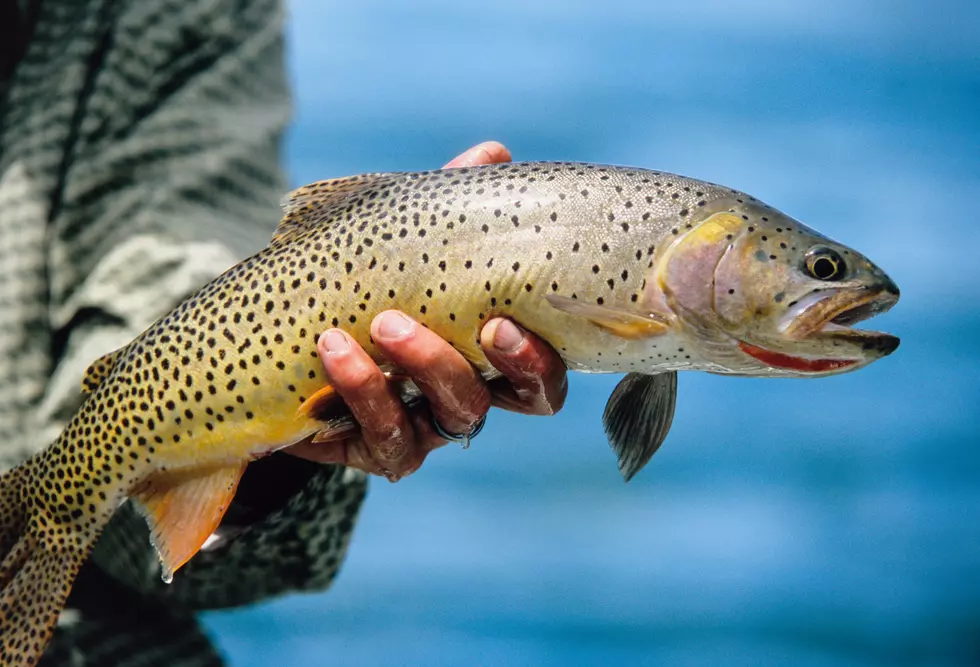
Discover the Fascinating Broad-Headed Skink: Indiana’s Native Lizard
Indiana is home to a wide and diverse range of wildlife. One particular intriguing native species you might encounter in the Hoosier State's woodlands and forests is the broad-headed skink (Plestiodon laticeps), a remarkable lizard with a significant impact on the local ecosystems.
Habitat and Range
Broad-headed skinks are primarily found in the eastern and southeastern United States, and they also call Indiana their home. These lizards prefer to live in wooded areas, deciduous forests, and regions close to water sources. While on an outdoor adventure, you may spot them basking in the sun on tree branches, logs, or rocks to regulate their body temperature.
Distinctive Appearance
One of the most distinctive features of the broad-headed skink is, as its name implies, its broad head, setting it apart from other lizard species. Adult males, especially during the breeding season, exhibit striking colors. Their heads often sport vibrant shades of orange or reddish hues, with bright blue markings on their jaws and throats. In contrast, females and juveniles tend to be less colorful, showcasing more subdued patterns.

Behavior and Diet
Broad-headed skinks are diurnal creatures, meaning they are active during the day. They are skilled climbers, and can frequently be spotted scaling trees and vegetation. Their diet consists mainly of insects and other invertebrates, but they are also known to consume small vertebrates, such as other lizards and even small mammals. These reptiles play a crucial role in controlling insect populations as well.
<div class="x11i5rnm xat24cr x1mh8g0r x1vvkbs xtlvy1s x126k92a"><div dir="auto">The “broad-headed” name comes from the male’s large, reddish-colored head that physically swells during the mating season. This is the most tree-dwelling (“arboreal”) lizard species in Indiana, climbing to heights of 20 feet or more.</div></div><div class="x11i5rnm xat24cr x1mh8g0r x1vvkbs xtlvy1s x126k92a"><div dir="auto">Though shy and solitary, broad-headed skinks are carnivorous and have no trouble taking down spiders and insects for food, even consuming other lizards, small snakes, and baby mice. - Indiana DNR via Facebook</div></div>
Reproduction
Breeding typically occurs in the spring. This is when the female broad-headed skinks lay their eggs in nests that have been concealed, often in rotting logs, leaf litter, or underground burrows. In the summer, the eggs will hatch young skinks that are independent and will leave the nest in just a matter of days.
Conservation Status
While the broad-headed skink is not classified as threatened or endangered by the Indiana Department of Natural Resources, its habitat faces challenges from factors like urbanization and land development. Conservation efforts are crucial to protect their natural homes and ensure their continued presence in Indiana's ecosystems.
The broad-headed skink is a captivating native lizard species found in Indiana. Its unique appearance, habitat preferences, and essential role in controlling local insect populations make it a valuable part of the state's biodiversity. As you explore Indiana's woodlands and forests, keep an eye out for these fascinating creatures, but always remember to observe them from a distance to preserve their natural behavior and habitat.
[Source: Indiana DNR via Facebook; IndianaHerpAtlas.org]
Animals You Might Encounter in The Wild in Indiana
More From WKDQ-FM









